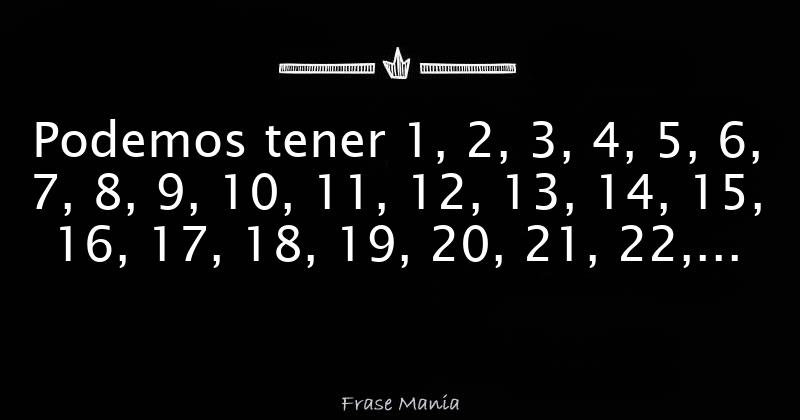
We may have become adept at manipulating magic squares and constructing them, but are they actually understood? Probably not.īy the same token, is it possible that there is really no profound hidden meaning to begin with? Of course. There may be a hidden science of which we are blissfully unaware which magic squares describe, even when the mathematicians have exhaustively delved into the subject, thinking of it as no more than a mental exercise. If Magic is nothing more than our current understanding of technology and science, then Magic Squares may indeed be magic. See, for example, the forum thread on 09/09/09. double tetrahedron (or star tetrahedron). (9/22/9) Even more astounding in some respects is a three-dimensional magic. Such patterns are common in many magic squares, particularly when one uses formulas to derive the sequence of numbers.

The total of all rows (or all columns) is thus “ 666”! Which also says that 1+2+3+.+36 = 666! Note also that shifting the columns eliminates the fact that each of the diagonals add to 111.Īn intriguing aspect of the 6圆 magic square on the right is that if one looks at adjacent numbers, one obtains a pattern of the sequence of numbers in the 2x2 squares: All columns and rows (and the two diagonals) add to 111. Here, every number between 1 and 36 is used. The 6圆 magic square is particularly interesting. For the order 7 square, each pan-magic square has 49 x 8 = 392 variations and for the size 11 square there are 121 x 8 = 968 variations.” He also notes that, according to his book on Magic Squares and Cubes, William Andrews describes the construction of panmagic squares of order 5, and predicts that the total number of possible panmagic squares of order five will be 28,800.” “In a 5 x 5 square this is equivalent to moving the starting square through all twenty-five positions - for a total of 25 x 8 = 200 variations. However, translocation - repeatedly moving one edge across to the opposite side or the top to the bottom - does not affect panmagic squares which have, therefore, additional variations. Most magic squares do not remain magic if one border is moved to the opposite edge - the change leaves the main diagonal no longer magic. Included is a very brief, traditional history, which notes that “all magic squares have at least eight variations: the square can be rotated into four positions and each of these rotations can be reflected - for a total of eight variations of any one unique design. This particular version was taken from, which is an excellent website on the subject.

It is also possible to start with zero, instead of one, so that a possible 5x5 magic square is: The 3x3 example above is considered Panmagic, Diabolical, Nasik, or Pandiagonal, while the 4x4 above is merely magic. Here the rows and columns add to 34, but in this particular case the diagonals do not.

More information on this topic can be found at the Halexandria Forums.


 0 kommentar(er)
0 kommentar(er)
